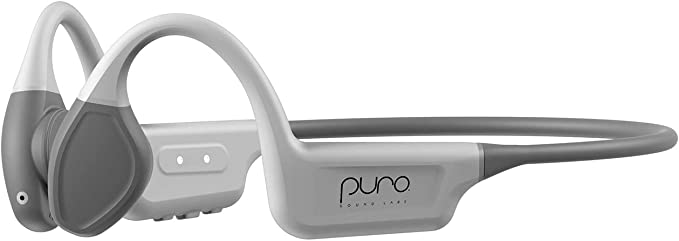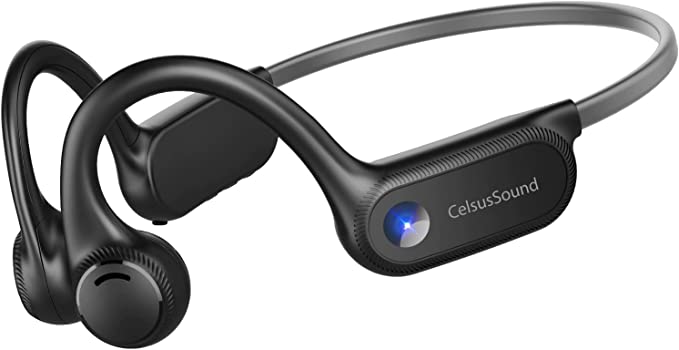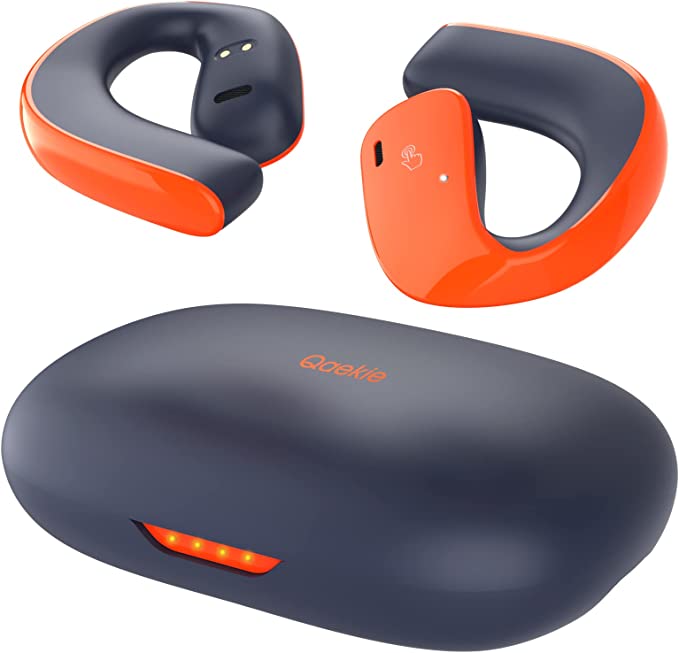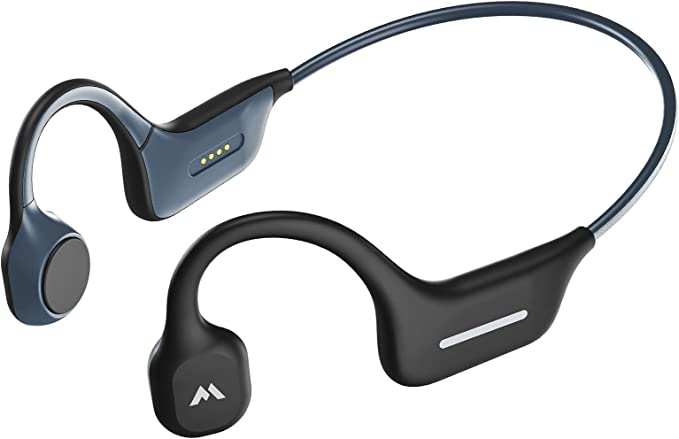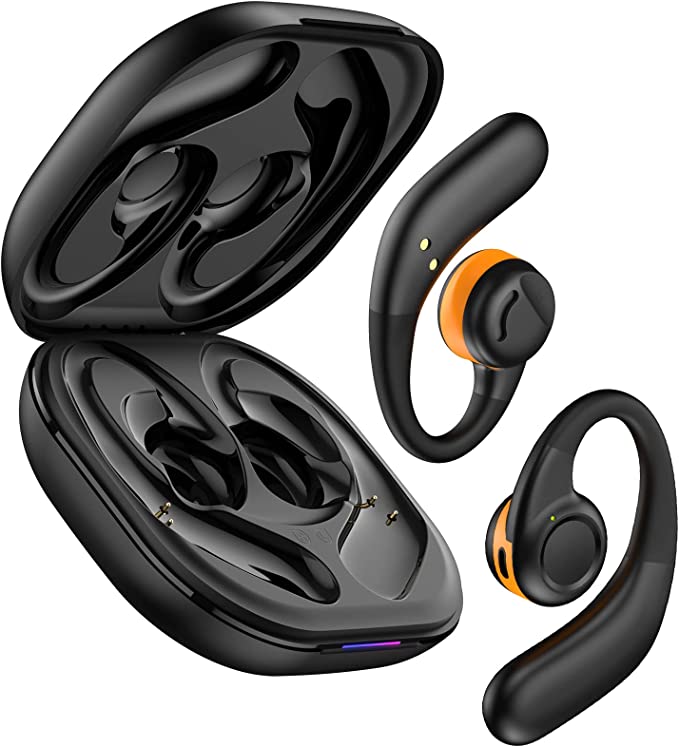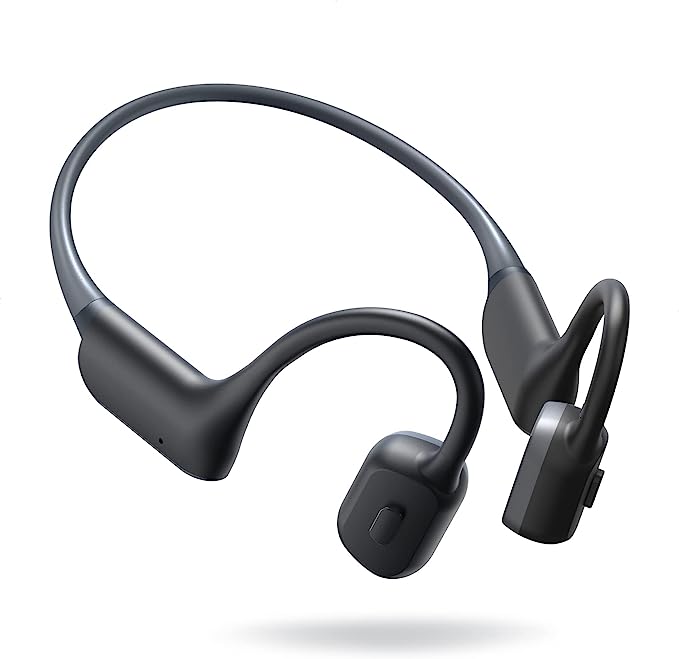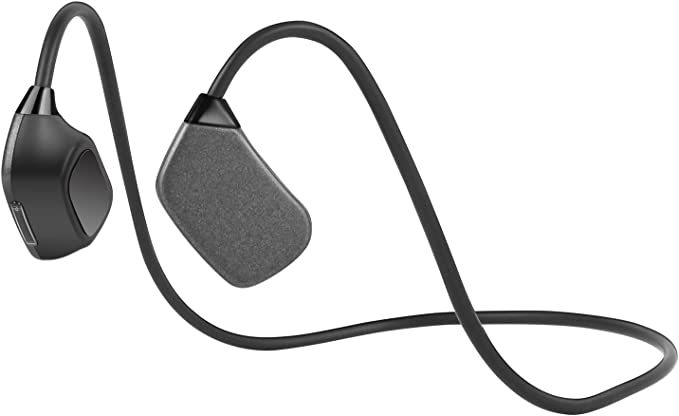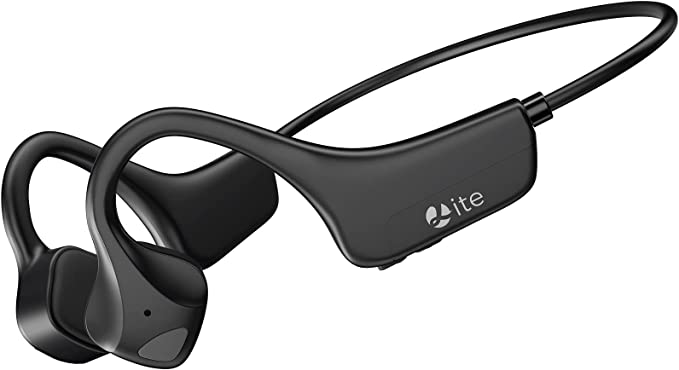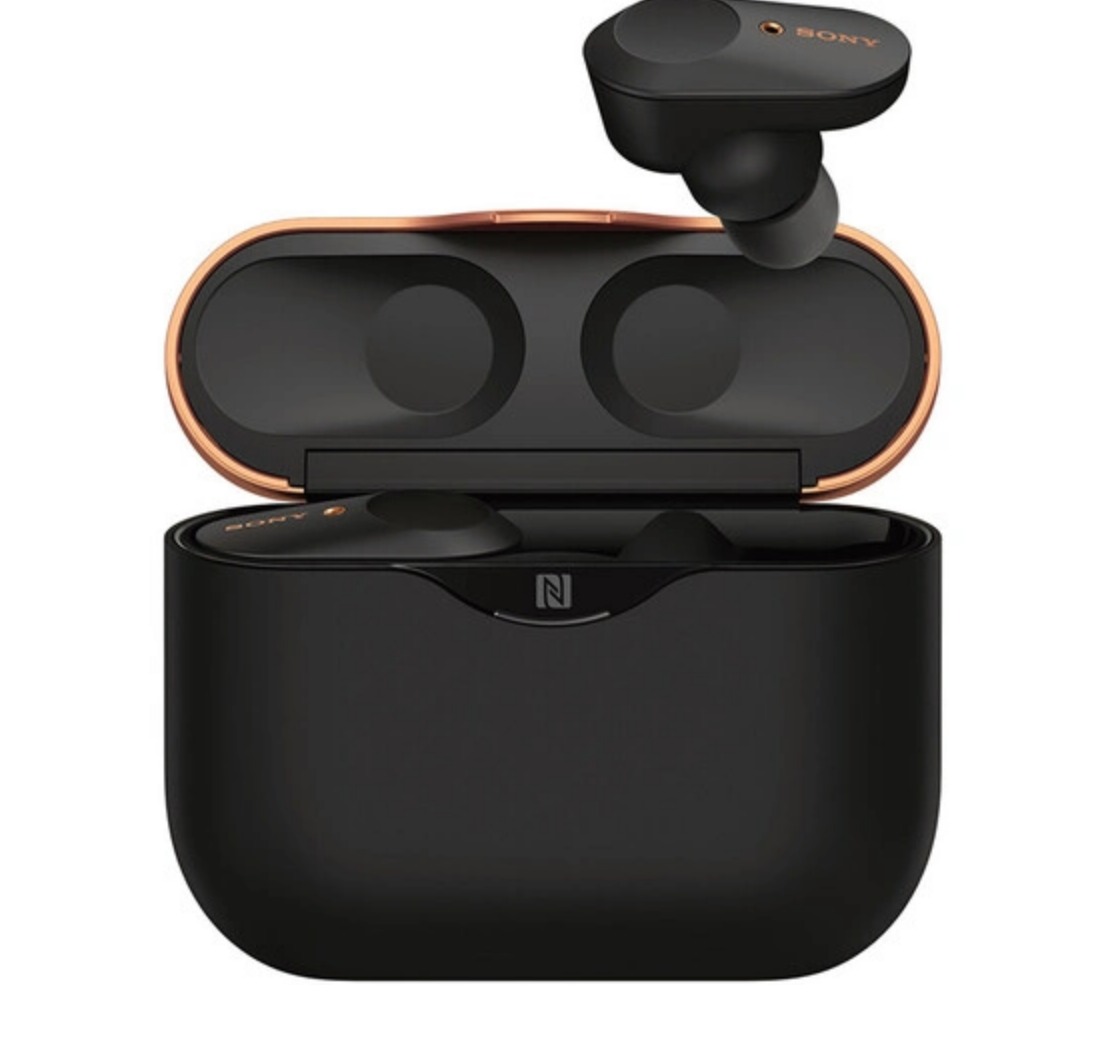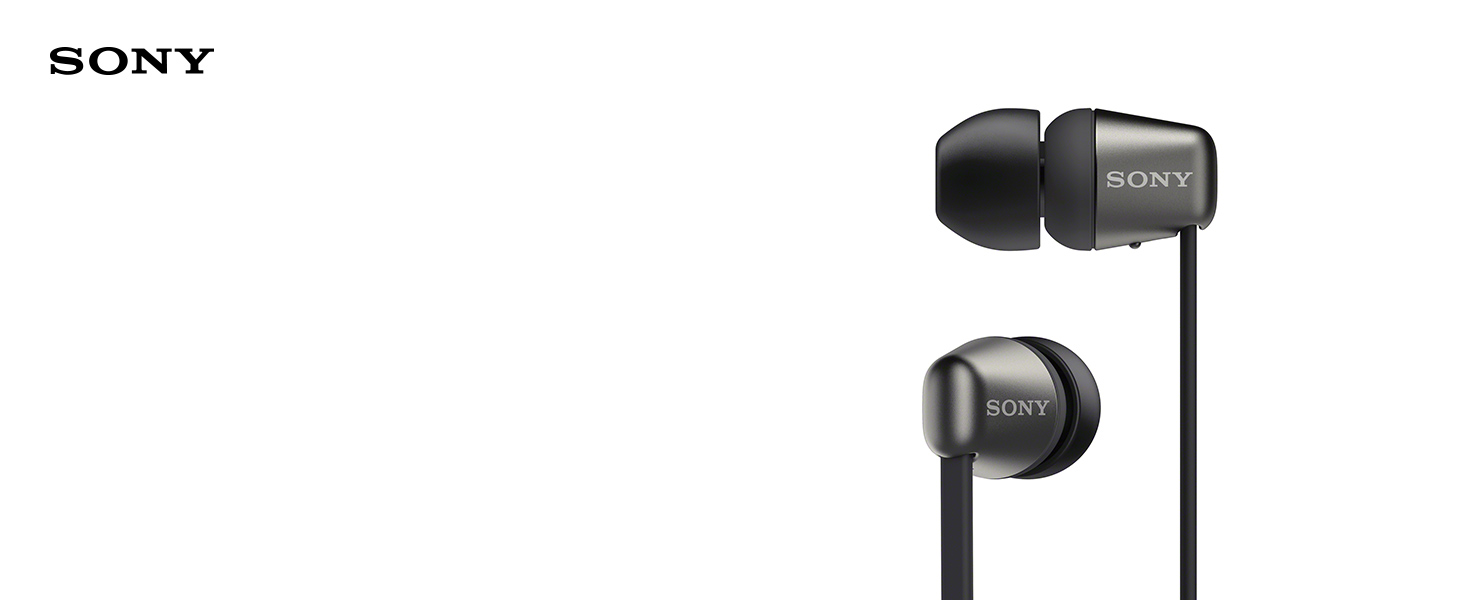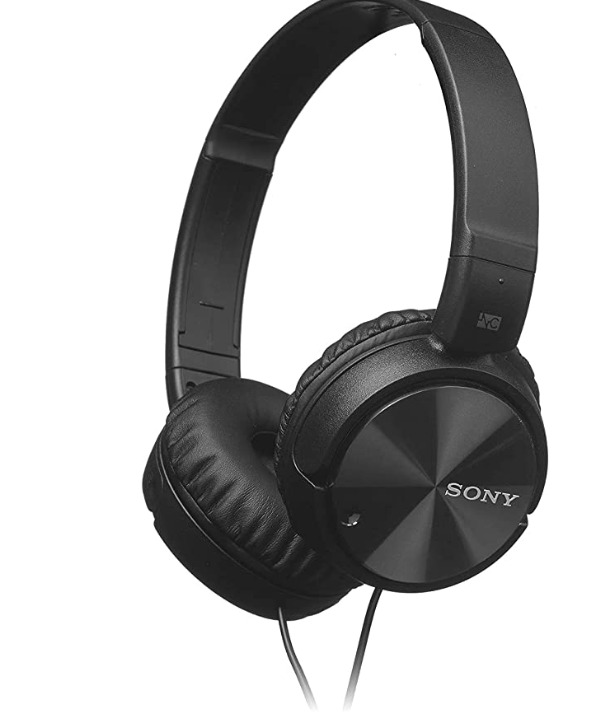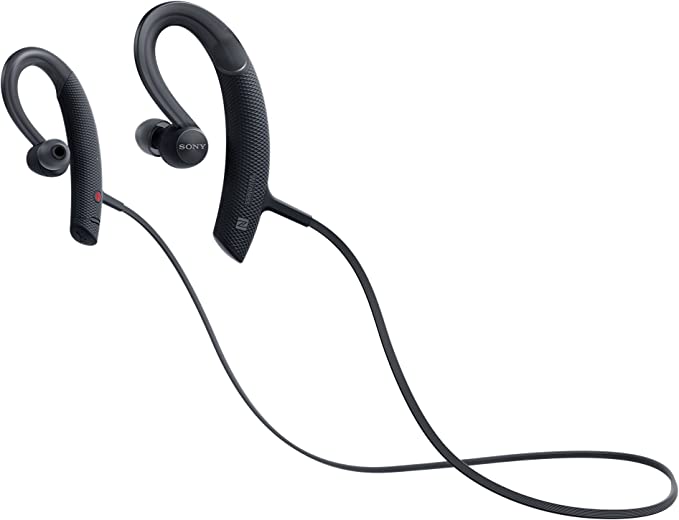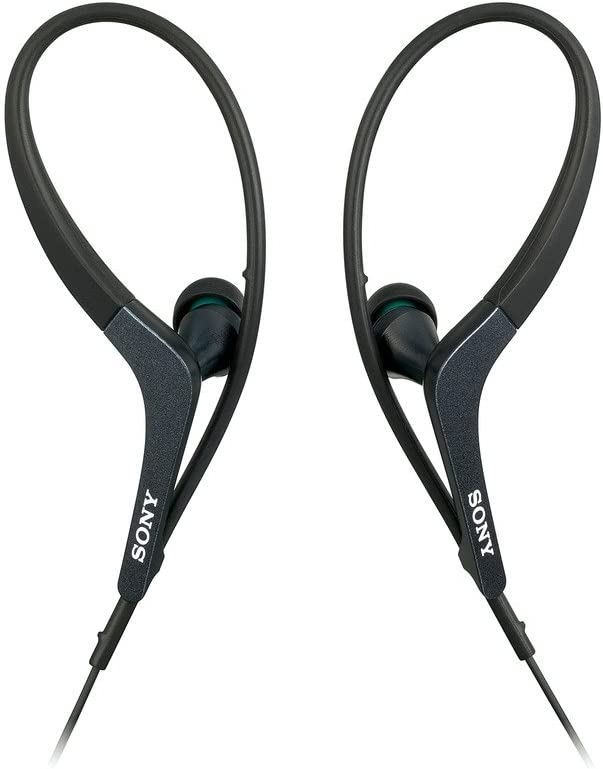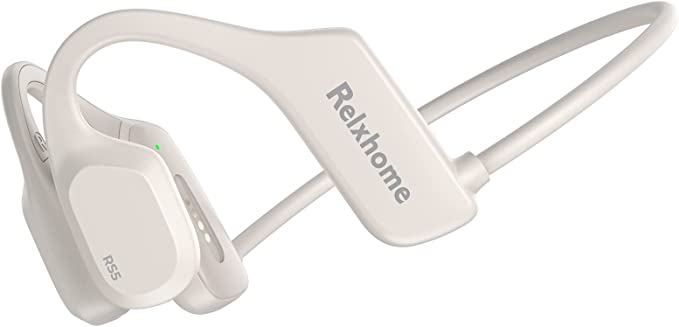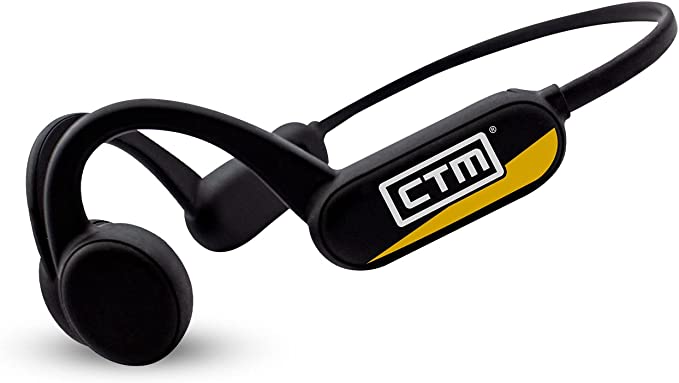The Runner's Dilemma: Decoding the Science of Open-Ear Headphones
Update on Nov. 14, 2025, 10:13 p.m.
Picture the scene: you’re on an early morning run, your favorite playlist providing the perfect tempo. The music creates a powerful motivational bubble, but a question lingers at the edge of your consciousness: was that the faint sound of an approaching car, or just a synth in the track? This is the runner’s dilemma—a constant negotiation between immersive audio and the non-negotiable need for situational awareness. For years, the headphone market has overwhelmingly pushed in one direction: isolation, cancellation, and deep, thumping bass, effectively asking you to shut the world out.
But what about those who need to let the world in? A distinct class of audio gear is designed around a counterintuitive philosophy: the “open-ear” or non-isolating design. These headphones prioritize environmental awareness above all else. Looking back at a product like the Sony WI-SP500, first released around 2018, we find a classic example of a major brand tackling this specific challenge. By deconstructing its design, we can uncover the fascinating science behind open-ear audio and understand the inherent trade-offs that come with choosing awareness over isolation.

The Physics of Sound: Why Open Designs Sacrifice Bass for Awareness
The fundamental difference between noise-isolating earbuds and open-ear models comes down to a simple principle: the acoustic seal.
Think of a traditional in-ear headphone as a sealed room with a powerful speaker inside. To produce deep, impactful bass, the speaker (or driver) needs to create pressure waves within that sealed space. The long wavelengths of low-frequency sounds require this contained environment to build up energy and be fully perceived by your eardrum. This is why a snug fit with silicone tips is so crucial for bass performance in conventional earbuds.
Open-ear headphones, conversely, are like leaving the door to that room wide open. By design, they do not fully seal the ear canal. This immediately achieves their primary goal: it creates a clear pathway for external, ambient sound waves to travel to your eardrum alongside the music. The rustle of leaves, the hum of traffic, the chime of a bicycle bell—all can be heard naturally.
However, this open door is a two-way street. Just as external sounds can get in, the sound produced by the headphone driver can get out. This is especially true for the low-frequency bass notes. Without a sealed chamber to build pressure, much of that long-wavelength energy dissipates into the surrounding air before it can be effectively registered by your ear.
This physical reality is the core trade-off of the open-ear philosophy. It’s not a design flaw; it’s a deliberate engineering choice. When reviews of the Sony WI-SP500 consistently mention a weaker sub-bass or a lack of low-end punch, they are describing a predictable and intended outcome of its open acoustic design. The product prioritizes environmental sound, and the laws of physics dictate this comes at the expense of powerful, isolated bass.

A Case Study in Purpose-Built Design: The Sony WI-SP500
Examining the features of the WI-SP500 through this lens of “awareness first” reveals a cohesive design philosophy where every element serves the primary goal.
-
Ergonomics and Fit: The earbuds feature a unique, textured tip designed to sit securely in the outer ear without plugging the canal. This intentional lack of a deep seal is the lynchpin of the entire open-ear experience. While this can make the fit highly dependent on individual ear shape, the goal is stability without isolation. The extremely lightweight build (around 20 grams) further enhances comfort and reduces the inertial bounce that can plague heavier headphones during high-impact activities like running.
-
Durability for the Elements: The claim of being “sweat and water-proof” is essential for a sports-focused product. While the specific IP rating isn’t always highlighted, this indicates that the internal electronics are protected from moisture ingress. This is a baseline requirement for any gear intended to accompany you through strenuous, sweat-inducing workouts or runs in unpredictable weather.
-
The Communication Compromise: The open design’s primary drawback often manifests in microphone performance. A microphone on an open-ear headphone inevitably picks up the same ambient noise the user can hear. Without advanced multi-microphone arrays and noise-suppression algorithms (features typically found on more expensive, isolation-focused headsets), the person on the other end of a call is likely to hear a great deal of your surroundings. Reports of poor call quality on the WI-SP500 are, therefore, another logical consequence of its core design philosophy.

The Modern Landscape of Open-Ear Audio
While the Sony WI-SP500 represents a classic approach to the problem, the philosophy of open-ear audio is more relevant than ever and has evolved significantly. Today, this category is most notably represented by bone conduction headphones, which take the concept a step further. Instead of placing a small speaker near the ear canal, they use transducers that sit on the cheekbones, transmitting sound vibrations directly to the inner ear through the skull and leaving the ear canal completely unobstructed.
This modern evolution underscores the enduring demand for audio solutions that don’t force a choice between music and the real world. The core principle remains the same as the one embodied by the WI-SP500: for many active users, safety and awareness are not just features, but the most important requirements of all.

Conclusion: Choosing the Right Tool for Your World
The Sony WI-SP500 and the open-ear category it belongs to serve as a powerful reminder that in audio technology, there is rarely a single “best” solution—only the best solution for a specific need. The relentless pursuit of noise cancellation and booming bass in the mainstream market has overshadowed a critical need for a significant portion of users.
Understanding the science of acoustics is empowering. It allows you to see a feature like “weak bass” not as a universal failure, but as an intentional trade-off made in service of a higher priority: safety. It reframes the buying decision from a simple question of “what sounds best?” to a more nuanced and personal question of “what is the right acoustic tool for my lifestyle?”
If your listening is done in a controlled gym environment and your goal is maximum motivation from deep, powerful bass, an isolating in-ear design is undoubtedly the superior choice. But if you are a runner navigating city streets, a cyclist sharing the road, or an office worker who needs to remain part of the conversation, then the open-ear philosophy is not just a viable alternative; it is the smarter, safer choice. The true value lies not in shutting the world out, but in finding the perfect way to let both your music and your world in, in perfect harmony.
